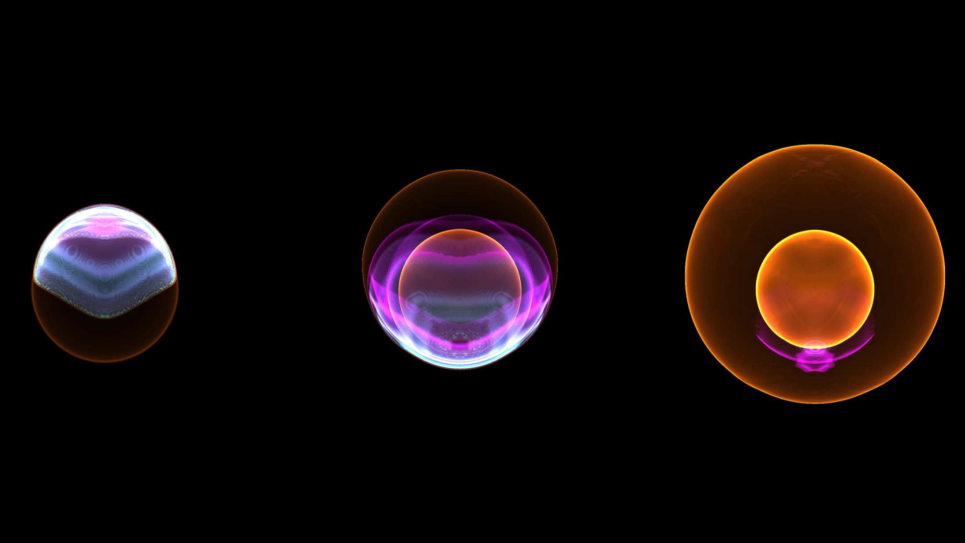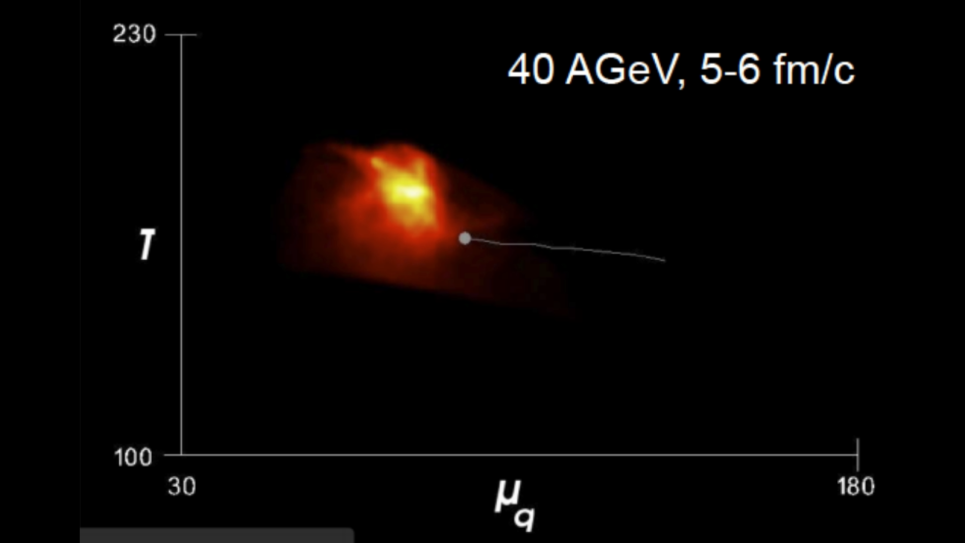The team will use Theta to carry out simulations aimed at advancing the design of next-generation nuclear reactors. Their project will perform high-fidelity calculations of the flow and heat transfer behavior for pebble bed, gas-cooled reactors and force fluctuation in a fuel assembly with spacer grids.
This project will carry out high-fidelity simulations for the design of next-generation nuclear reactors. The team will perform two series of high-fidelity calculations on the flow and heat transfer behavior for pebble bed, gas-cooled reactors and force fluctuation in a 5x5, 4-span spin bundle with spacer grids. Nek5000, a part of Reactor Product Line’s SHARP code suite developed under DOE NE Advanced Nuclear Energy Modeling and Simulation (NEAMS) Program, will be used for the analyses. Nek5000 is optimal for high-fidelity thermal-hydraulics calculations in problems involving direct numerical simulations (DNS) and large eddy simulations (LES) where no and minimal turbulence modeling is employed, respectively.
The first portion of the work focuses on the Xe-100, a pebble bed high-temperature gas-cooled nuclear reactor that is designed to be smaller, simpler, and safer than conventional reactors. The Xe-100 is a Generation IV nuclear reactor design developed by X-energy, who was awarded a five-year grant from the DOE for their reactor development. Better understanding of flow behavior and heat transfer mechanisms is of great interest and importance for the design of pebble bed reactors. High-fidelity simulation can save tremendous resources needed for experimental deployment. LES will be performed with Nek5000 to investigate local fluid fluctuations, which impact heat transfer and provide a benchmark for lower-fidelity models (RANS and porous media) as well. The objective is to obtain a detailed temperature distribution for pebble bed reactor with a high degree of accuracy. The project will provide an integrated workflow for high fidelity simulation on pebble bed reactors, which can be further utilized for all kinds of pebble bed reactor designs from different vendors.
Additionally, the design of spacer grids is of great importance to nuclear fuel vendors for both Generation III and Generation IV nuclear reactors. In order to enhance fluid mixing while preventing vibrations, it is important to fully understand the resulting fluid forces exerted on the pins. Repetitive forces of certain frequencies can activate vibration modes of the long, cylindrical fuel pins, potentially resulting in fuel cladding failure. The intent of the present analysis is to simulate a 5x5, 4-span pin bundle with spacer grids using LES and RANS. This pin bundle matches experiments performed by Framatome. The computations will be carried out using Nek5000 for its demonstrated high fidelity and scalability. The LES data will be visualized to gain understanding of the specific flow structures resulting from the spacer grid. Comparison between the LES pressure fluctuation data and the steady and unsteady RANS results will require the development of comparison metrics in order to assess the ability of RANS to predict flow induced vibrations.

